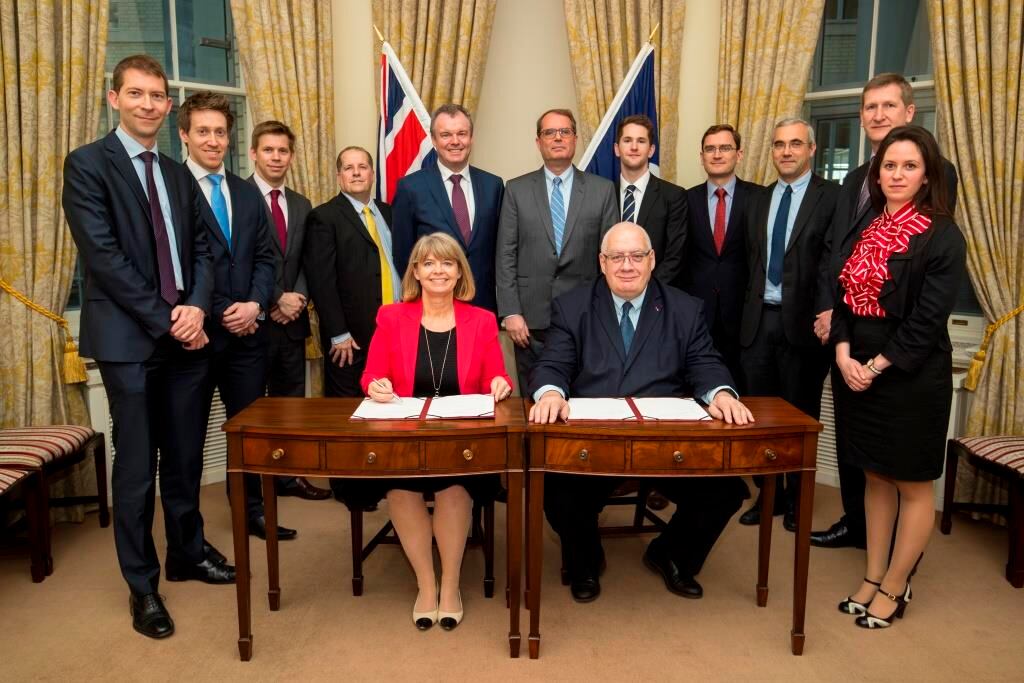PARIS — The former director of international development at the French procurement office Direction Générale de l’Armement has joined MBDA and will manage the airborne nuclear sector, the European missile company said.
“Stéphane Reb has joined MBDA on Dec. 1 as deputy to the executive group director programs Patrick Tramier, in charge of supervising all activities concerning the French airborne nuclear component,” the company told Defense News.
MBDA is prime contractor on the ASMPA nuclear-tipped missile, due for replacement by the ASN4G, or air-to-surface, fourth-generation nuclear weapon, in the 2030s.
Airborne nuclear weapons fitted to the Rafale fighter jet are a key element of French deterrence, along with a four-strong fleet of submarines armed with ballistic nuclear missiles.
The airborne and submarine weapons are due to be updated around 2035, and the annual budget for nuclear deterrence is expected to double to €6 billion (U.S. $7 billion) at the peak of the programs in the mid-2020s, according to “The President and the Bomb,” a book co-authored by Jean Guisnel and Bruno Tertrais.
France is working on studies for ASN4G, the book said. There are studies at Onera, the aerospace research center, on two projects exploring concepts for the fourth-generation missile. The requirement is for a missile range much greater than 1,000 kilometers and which might be hypersonic — above the speed of Mach 5.
The first option, dubbed Camosis, relies on stealth and would fit well with a replacement for the Anglo-French Storm Shadow/Scalp cruise missile, the book said. A Camosis weapon would fly at 4,000-5,000 kph and double the performance of ASMPA.
RELATED

A second option, dubbed Prometheus, would be more advanced and would be equipped with a scramjet to fly at 7,000-8,000 kph, the book said. MBDA prefers that project, which is being explored on its Lea technology demonstrator. That weapon would be more expensive.
Technology on the ASMPA missile is vastly different from that on the Scalp cruise missile, a defense source said. There are concerns pieces of the latter could be gathered up after they hit their target and passed on to enemy nations for reverse engineering.
Concept studies for a new nuclear warhead are also planned, as the present systems will turn obsolete in the 2030s, the book said.
Design and development studies began in 2014 for a midlife upgrade of the ASMPA aimed at allowing the weapon to beat future air-defense systems out to 2035.
Nuclear weapons account for some 20 percent of the annual defense budget, and that is expected to rise as work picks up for next-generation systems. Britain and France signed in March an agreement to launch a three-year, €100 million concept study of a successor to the Storm Shadow/Scalp missile as well as the Boeing Harpoon and Exocet anti-ship missiles.








